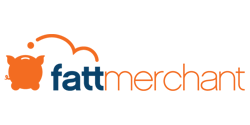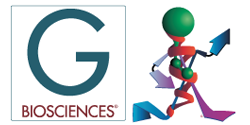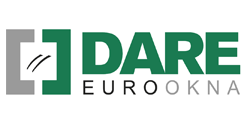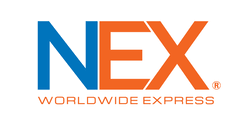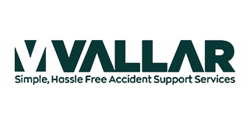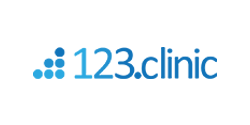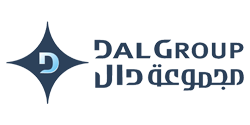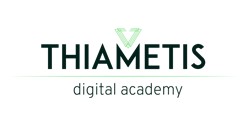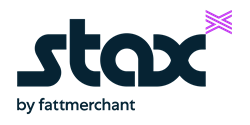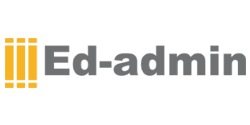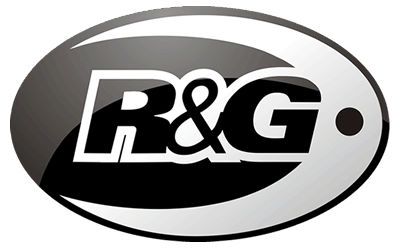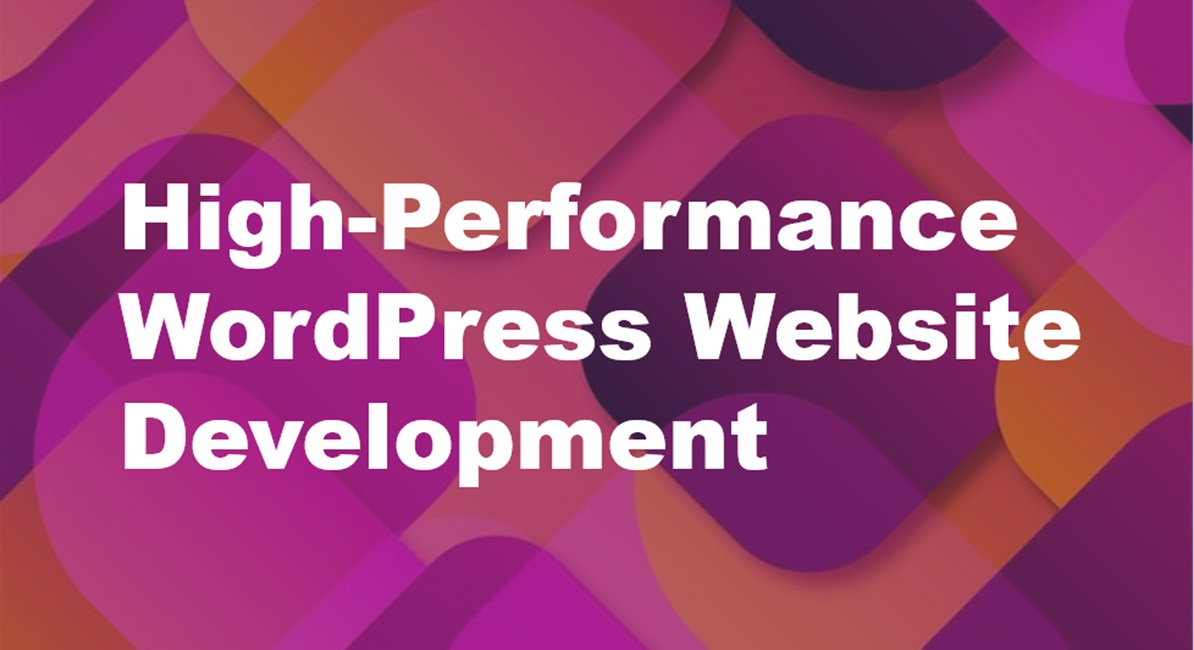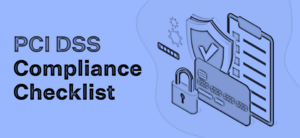How to Achieve a High-Performance WordPress Website Development in 2025: Essential Tips and SEO Strategies
WordPress continues to dominate as the world’s most popular content management system, but in 2025, WordPress website development related to building a high-performance WordPress website means leveraging the latest AI tools, optimizing for speed and security, and focusing on user experience and SEO. As a custom wordpress development usa, we have identified the points that are crucial and here’s an in-depth look at the strategies you need to succeed.
Embrace the Latest WordPress Trends
AI-Powered Tools:
AI is now integral to WordPress development. Modern plugins like Divi AI and Kubio AI automate content generation, image creation, and even code development directly within WordPress builders, making it easier to create professional-looking sites quickly. AI-driven content tools can generate blog posts, product descriptions, and meta data based on minimal input, ensuring your content is both fresh and SEO-friendly.
Block Themes & Headless Architecture:
Block-based themes and headless WordPress setups are trending, offering greater design flexibility and faster load times. These approaches allow you to decouple the front end from the back end, delivering content more efficiently. Decoupling plays a major role in high-performance WordPress website development.
Voice Search Optimization:
With the rise of voice assistants, optimizing your site for voice search is crucial. This means structuring your content in a conversational tone and including long-tail keywords that match natural language queries.
Enhanced Security:
AI tools like Snyk and AI Engine can now scan your codebase for vulnerabilities, automate security updates, and provide actionable insights to keep your site safe from evolving threats.
Prioritize Website Speed and Performance
Lightweight Themes and Plugins:
Choose themes and plugins that are optimized for performance. Avoid unnecessary bloat, and only install what you need.
Image Optimization:
AI-powered image tools can automatically resize, compress, and convert images to modern formats like WebP. Real-time image editing within the WordPress dashboard helps maintain site speed without relying on external editors.
Caching and CDN:
Implement robust caching solutions and use a Content Delivery Network to reduce server load and deliver content faster to users worldwide.
Minify Assets:
Minimize CSS and JavaScript files to reduce page load times. Many AI tools can automate this process for you.
Focus on SEO from the Start
Keyword Research:
Use AI-driven SEO plugins like Rank Math, AISEO, and GetGenie to identify high-impact keywords and optimize your content for both primary and long-tail search terms. For example, target phrases like “how to build a high-performance WordPress website in 2025.”
On-Page Optimization:
AI tools can suggest optimal title tags, meta descriptions, and keyword placements in real time, helping you structure your content for maximum search visibility.
Featured Snippets and Structured Data:
Format your content with clear headings, bullet points, and FAQ sections to increase your chances of appearing in featured snippets. AI plugins can help you add schema markup for enhanced search results.
Enhance User Experience (UX)
Responsive Design:
Ensure your site looks and functions perfectly on all devices. AI design assistants can suggest layouts and color schemes that match your brand and improve usability.
Accessibility:
AI-powered accessibility tools automatically scan your site for compliance issues, suggesting adjustments for fonts, color contrast, and alternative text for images, making your site more inclusive.
Personalized Content:
AI analyzes visitor behavior to recommend personalized content or products, dynamically adjusting featured sections to boost engagement and conversions.
Leverage AI and Automation
Content Creation:
AI writing tools like Content AI, Jasper, and Jetpack AI Assistant can draft blog posts, product descriptions, and social media content directly within WordPress, saving you hours of manual work.
Chatbots and Customer Support:
Deploy AI-powered chatbots for instant customer assistance, handling everything from product inquiries to technical support, reducing your workload and improving response times.
Workflow Automation:
Automate routine tasks such as backups, updates, and security scans with AI plugins, freeing up your time for higher-level strategy.
Keep Security a Top Priority
Automated Vulnerability Detection:
AI security tools like Snyk scan your code, dependencies, and plugins for vulnerabilities, providing real-time alerts and remediation advice3.
Regular Updates:
Keep WordPress core, themes, and plugins updated. Many AI tools can automate this process and alert you to critical patches.
Strong Authentication:
Use strong passwords, two-factor authentication, and reputable security plugins to protect your site from unauthorized access.
Conclusion
Building a high-performance WordPress website in 2025 is about combining the power of AI, a focus on speed and security, and a commitment to user experience and SEO. By adopting these strategies and leveraging the latest tools, you’ll ensure your site stands out in a crowded digital landscape and delivers real value to your visitors.
Start today—integrate these tips and watch your WordPress site thrive in 2025 and beyond!

